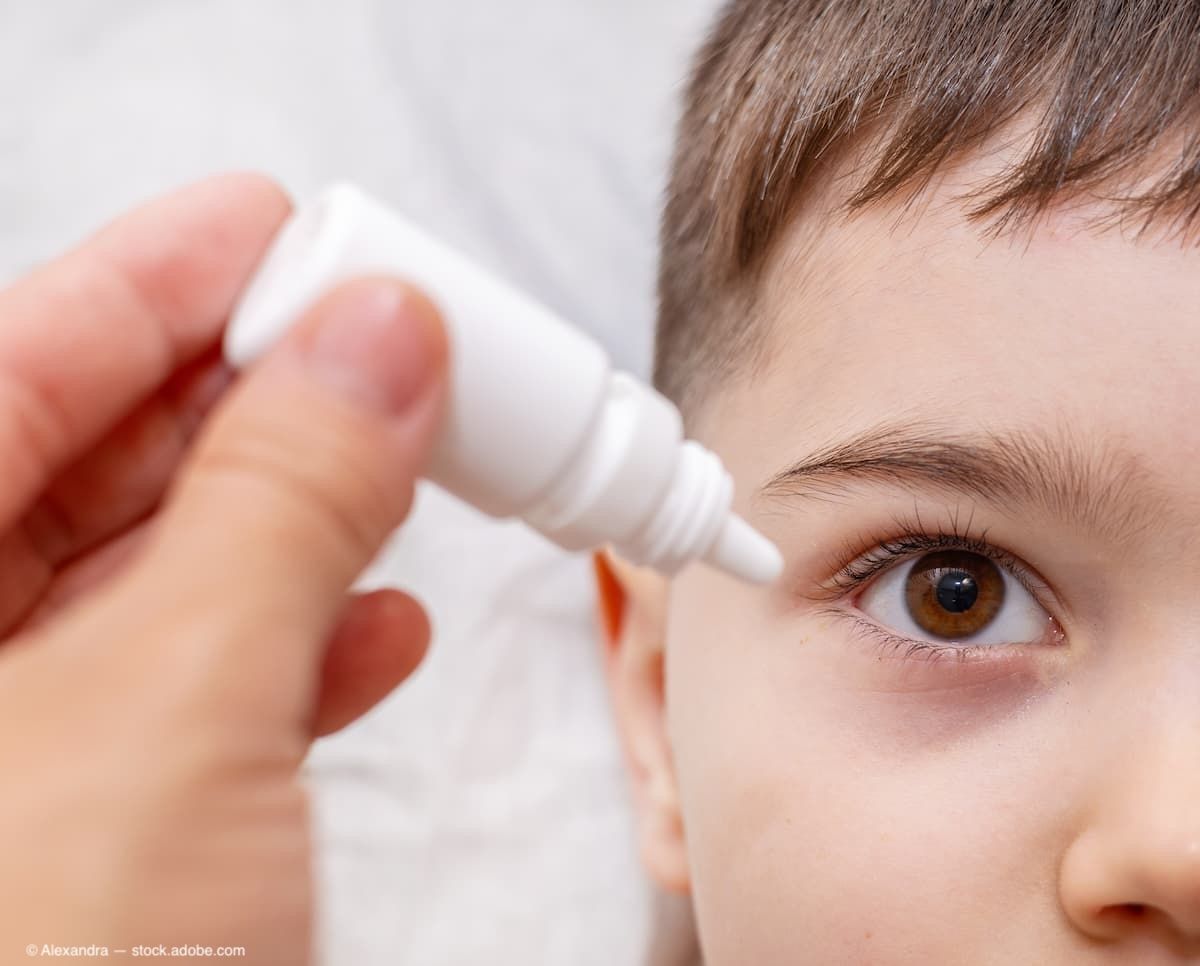Article
TearScience LipiView aids in diagnosis of meibomian gland dysfunction
TearScience introduced its new LipiView II system that assists clinicians in improving diagnosis of meibomian gland dysfunction (MGD) with objective examination of patients’ tear film lipid layer, blink profile, and now meibomian gland structure and function.
Chicago-TearScience introduced its new LipiView II system that assists clinicians in improving diagnosis of meibomian gland dysfunction (MGD) with objective examination of patients’ tear film lipid layer, blink profile, and now meibomian gland structure and function.
The system captures comprehensive information with greater efficiency and allows clinicians to select their preferred meibomian view from one of three modes to analyze gland structure and provide high-resolution images to educate patients about their MGD.
The product will be commercially available in early 2015 with upgrade options available for current LipiView owners.
Newsletter
Don’t miss out—get Ophthalmology Times updates on the latest clinical advancements and expert interviews, straight to your inbox.




